April 19, 2025 | 00:51 GMT +7
April 19, 2025 | 00:51 GMT +7
Hotline: 0913.378.918
April 19, 2025 | 00:51 GMT +7
Hotline: 0913.378.918
Most grape growers in the provinces of Ninh Thuan, Binh Thuan and Khanh Hoa are using rootstocks in the vineyards with high efficiency.
However, the production efficiency of the traditional grape growing methods that are still practised by farmers heavily depends on weather, according to Dr. Mai Van Hao, Director of the Nha Ho Research Institute for Cotton and Agriculture Development (Nha Ho Institute).
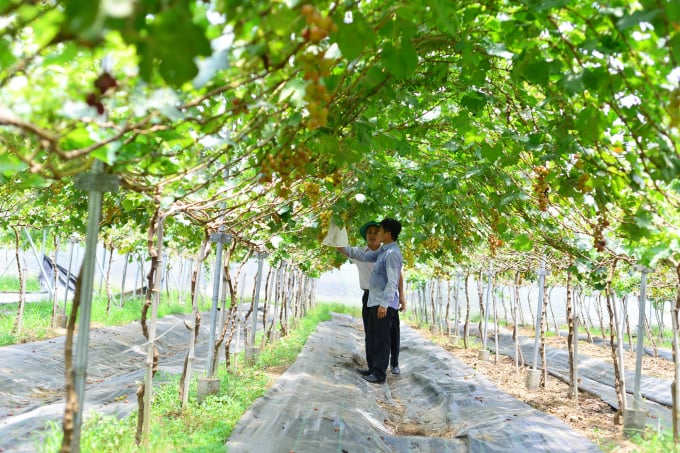
Y-shaped grape vine trellis designed by Nha Ho Institute. Photo: Minh Hau.
Especially, prolonged rains are likely to cause diseases to vine and eventually lead to crop losses even though the growers have used a variety of pesticide.
In such context, Nha Ho Institute has researched and improved the model of local vineyard. Specifically, trellis over the head has been replaced by Y-shaped trellis for growing table grapes and rainproof plastic films, insect nets and fences are used for growing wine grapes. The model is appropriate to hot, dry and windy conditions all year round in the South Central provinces.
The institute also researched and applied water saving technology combined with fertilizing through the irrigation system, fitted with sensors to monitor soil moisture, while designing insect nets with a pulley system to limit insects and animals harmful to grapes.
At the same time, they also conducted studies the increase in the use of organic fertilizers and micro-organisms for soil improvement. The use of biological pesticides in grape growing is prioritised, the fruits are protected in bags to limit diseases, harmful pests and pesticide residues on grapes when harvested. This also contributes to preserve the original color of the fruits.

The design of insect nets with a control pulley system developed by Nha Ho Institute. Photo: Mai Phuong.
“The model is applied on the growing of NH01-152 grape variety. The application of high technology in the production process has saved over 20% of irrigation water compared to conventional production, reduced the amount of pesticides from 55 - 60% and fertilizer from 15 - 20%, reduced the number of crops each year (the model of the new grape variety produce 2 crops/year while of Red Cadinal 3 crops/year). The harvested grapes have good quality (Brix from 16 to 18%) and the average yield is 14-15 tons/ha/crop,” Hao said.
The model of sustainable viticulture, adapting to climate change, has brought farmers a revenue of VND1.4 - 1.5 billion /ha/crop. Its economic efficiency has increased by more than 20% compared to traditional production, contributing to creating jobs for local people.
According to Dr. Hao, grape production in the South Central region in general and Ninh Thuan in particular has been affected by climate change, particularly rains that have greatly affected the production efficiency.
During the rainy season, grape diseases have appeared frequently, which consequently lead to the increase in the use of pesticides. However, the yield and quality of grapes are still not guaranteed, and in many cases, the farmers suffer from crop losses.
To meet the needs of developing high-quality grapes, Nha Ho Institute has built a technical model of viticulture applying high technology. The Institute has designed various types of greenhouses that have overcome the limitations of previous designs while being suitable for grape production in hot, dry and windy areas.

The model of vine cultivation researched and transferred by Nha Ho Institute has increased the economic efficiency by over 20% compared to traditional methods. Photo: Minh Hau.
"The high-tech grape farming model has reduced harmful fungi and diseases on the vine and reduced the cost of plant protection by more than 60% during the production process.
“It has also contributed to reducing labor in production and improving grape quality. In particular, the yield and quality of grapes in the rainy season are still guaranteed.
“This is an opportunity for the application of models on a large scale, oriented towards commodity grape production. Especially, businesses and households with large grape growing areas can apply this type of vineyard,” Hao said.
Nha Ho Institute has innovated various types of greenhouses and applied new model in grape production with reasonable production costs. Accordingly, investment for greenhouses and Y-shaped grape trellis cost from VND1.5-1.8 billion/ha.
"Revenue from grape production is now very high. Especially new high-quality grape varieties could be sold from VND70,000 - 150,000 /kg at the garden, bringing from VND2 - 4 billion/ha of revenue each year. Moreover, the type of greenhouse with iron trellis could have a durability of more than 10 years, so the annual depreciation is not considerable. Especially, in the rainy season, grape growers do not suffer from revenue loss like those adopting conventional farming models."
(Dr. Mai Van Hao)
Translated by Phuong Ha
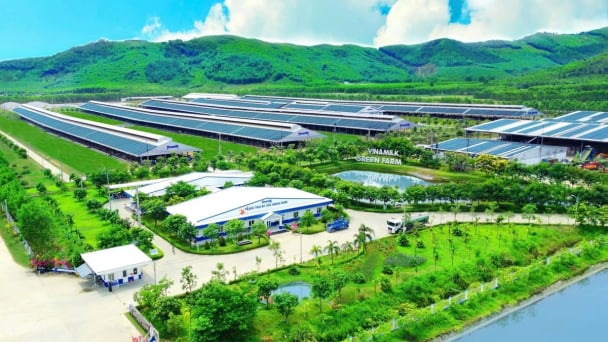
(VAN) Le Hoang Minh, representing Vinamilk, shared the company's experience in energy saving and green energy transition for production at a workshop held during the P4G Summit.
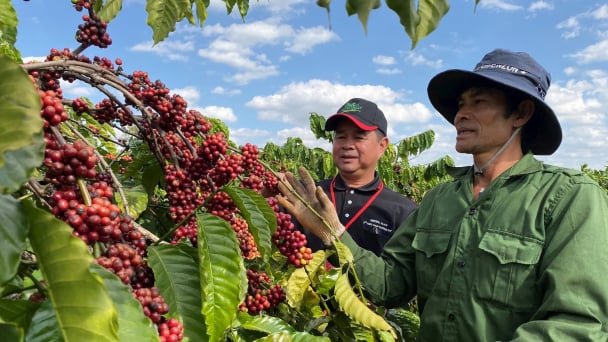
(VAN) Businesses emphasize fairness and equality when integrating social factors into their sustainable development strategies.
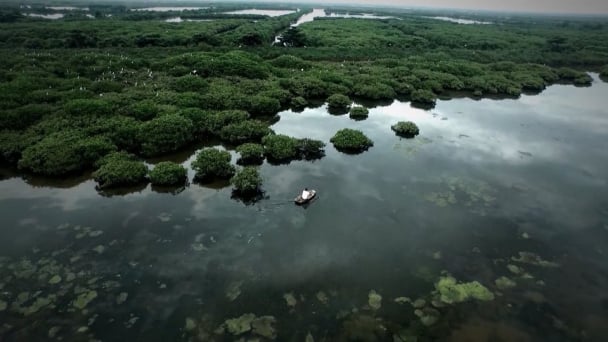
(VAN) French organizations and enterprises propose that Thai Binh province provide potential and long-term cooperation contents related to climate change response and green industrial development.
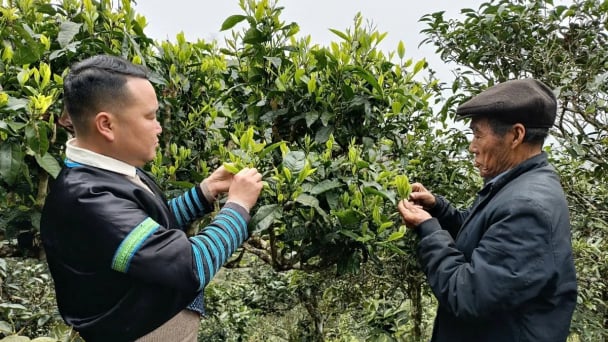
(VAN) Shan Tuyet tea is considered a 'heavenly treasure'. The H'mong people allow the tea to grow naturally, adhering to organic production principles, with the aim of exporting the product.
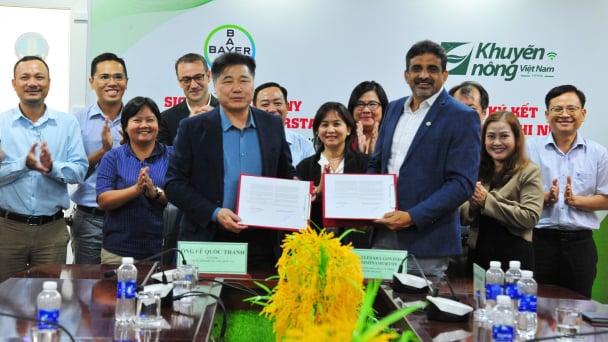
(VAN) Bayer Vietnam and the National Agricultural Extension Center have signed a partnership agreement to expand the development of effective and safe farming models for rice, durian, and coffee.
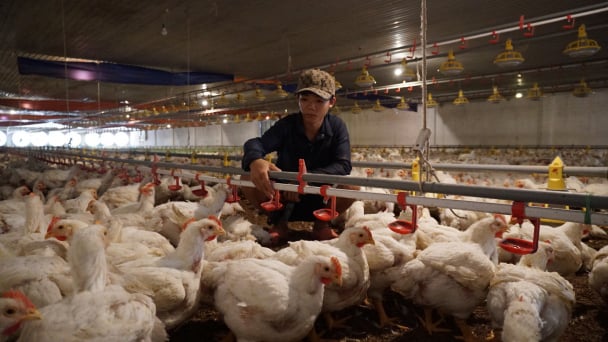
(VAN) Tay Ninh province possesses all the favorable conditions, from natural advantages to geographic location and social harmony, to drive economic development, particularly in attracting investment and advancing modern livestock farming.
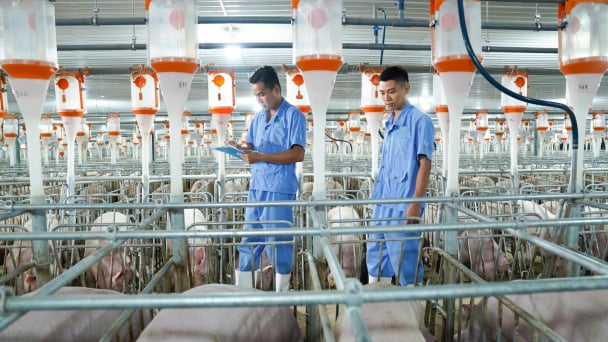
(VAN) Notably, every link in BAF's entire closed livestock value chain Feed - Farm - Food has received international certification.